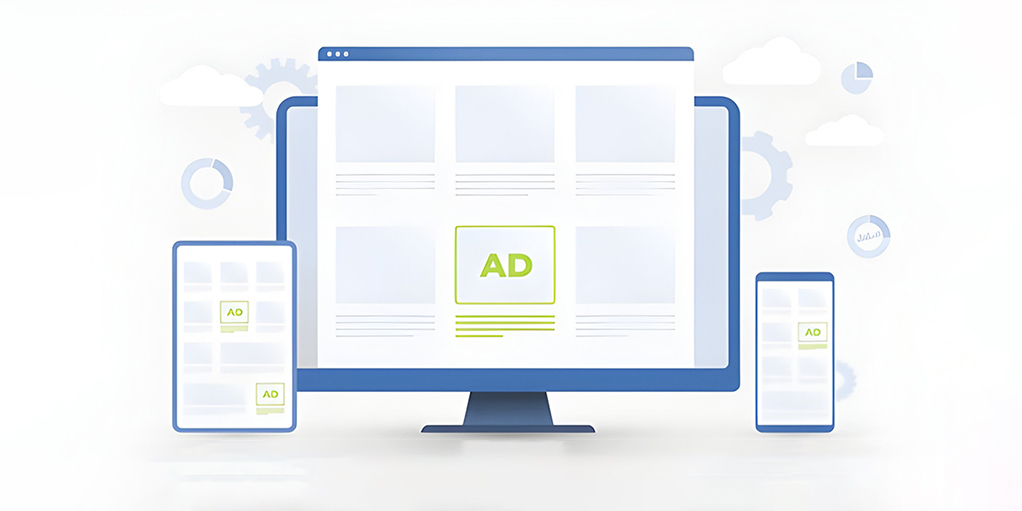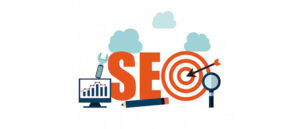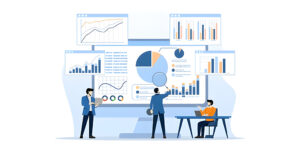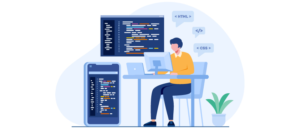Introduction
Programmatic advertising has changed the digital marketing environment by automating the purchase and sale of ad space. This technology-driven approach utilizes algorithms and real-time bidding (RTB) to deliver highly targeted ads to the right audience at the right time. While programmatic advertising offers several benefits, it also comes with its own set of challenges. In this blog, we’ll explore the pros and cons of programmatic advertising to help you decide if it’s the right fit for your business.
What is Programmatic Advertising?
Programmatic advertising automates purchasing digital ad space, replacing the traditional method of human negotiation with machine-driven algorithms. This automation includes everything from media buying to audience targeting and optimization, making the process more efficient. Ads can be displayed on a variety of digital channels, include websites, mobile apps, social media platforms, and even linked television.
Pros of Programmatic Advertising
Efficiency and Speed
One of programmatic advertising’s biggest advantages is its efficiency. Automating the ad-buying process reduces the time and effort required to negotiate and place ads. Real-time bidding allows ads to be bought and placed within milliseconds, ensuring that your campaign can react quickly to changes in audience behavior or market conditions.
Precision Targeting
Advertisers can use programmatic advertising to precisely target their audience. By leveraging data such as demographics, browsing behavior, and even psychographic profiles, programmatic platforms can deliver ads to users most likely to engage with them. This level of targeting reduces wasted ad spend and increases the likelihood of achieving desired outcomes, such as clicks, conversions, or sales.
Scalability
With programmatic advertising, campaigns can be scaled quickly and efficiently. Whether you’re targeting a local audience or running a global campaign, programmatic platforms can manage the complexities of reaching different segments of your target market. The ability to scale campaigns across multiple channels and devices ensures that your ads get maximum potential customers.
Real-Time Data and Analytics
Programmatic advertising provides actual time data and analytics, allowing marketers to monitor the performance of their campaigns as they occur. This immediate feedback loop enables quick adjustments to targeting, bidding strategies, or creative elements, optimizing the campaign’s performance while running.
Cost Efficiency
Programmatic advertising often results in lower costs compared to traditional media buying. It automates the ad buying process and uses real-time bidding. Advertisers just pay for impressions that satisfy their precise requirements, ensuring that their money is spent more effectively.
Cons of Programmatic Advertising
Complexity
While programmatic advertising offers many advantages, it has its complexities. The technology and processes involved can be challenging, particularly for those new to digital marketing. Using algorithms, data integration, and real-time bidding requires a deep understanding of the system, which can be a barrier for some businesses.
Transparency Issues
One of the criticisms of programmatic advertising is the need for more transparency in the ad-buying process. Advertisers may only sometimes have complete visibility into where their ads are placed, which can lead to concerns about brand safety. There is also the potential for ad fraud, where bots or other deceptive practices inflate impression or click counts, leading to wasted ad spend.
Ad Fraud
Ad fraud is a significant challenge in programmatic advertising. Fraudsters use click farms, bots, and fake websites to generate false impressions or clicks, which can lead to advertisers paying for engagements that are not from real users. While the industry is working to combat ad fraud, it remains risky for those using programmatic platforms.
Creative Limitations
Programmatic advertising relies heavily on data and algorithms, sometimes leading to a need for more creativity in ad placements. While automation is efficient, it may only sometimes consider the nuances of human creativity and storytelling, which are essential components of effective advertising. Overly data-driven ads may need more emotional appeal to connect with audiences.
Data Privacy Concerns
The use of data in programmatic advertising raises concerns about user privacy. With legislation like the General Data Protection Regulation (GDPR) and the California Consumer Privacy Act (CCPA) in effect, advertisers must exercise caution while collecting, keeping, and exploiting data. Failure to comply with these standards might result in legal consequences and harm a brand’s reputation.
Conclusion
Programmatic advertising is an effective and efficient technique to reach targeted people on a large scale. Its ability to automate the ad buying process, provide real-time data, and deliver precision targeting makes it an attractive option for many businesses. However, the complexities, transparency issues, and potential for ad fraud are not without challenges.
To make the most of programmatic advertising, businesses must invest in understanding the technology, ensuring transparency in their campaigns, and staying vigilant against fraud. By weighing the pros and cons, you can determine if programmatic advertising is the right approach for your marketing strategy in 2024 and beyond.





